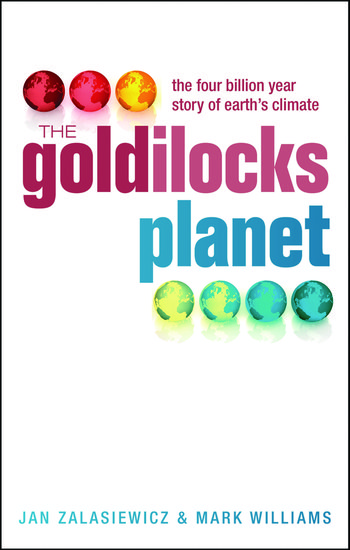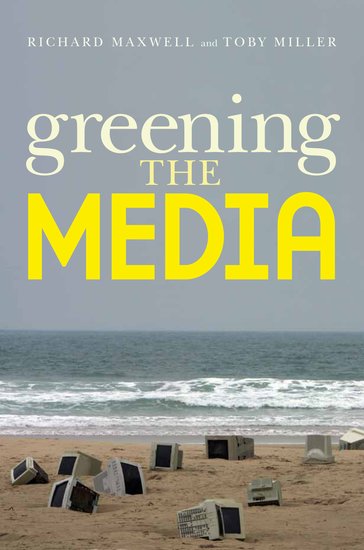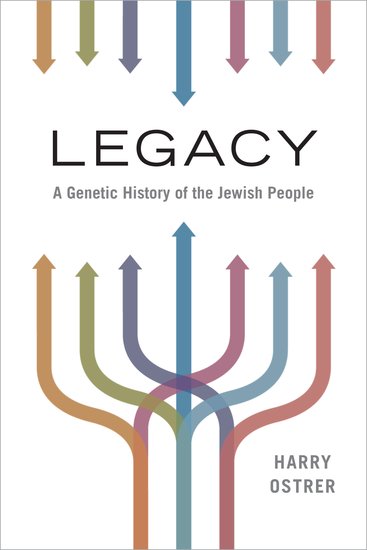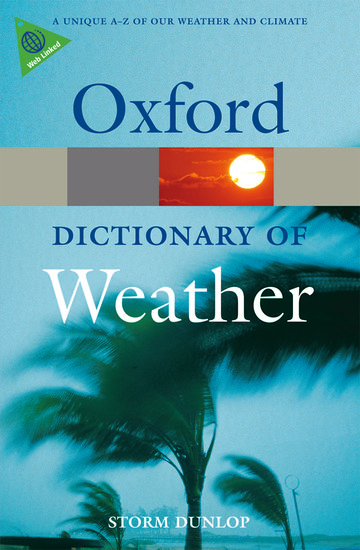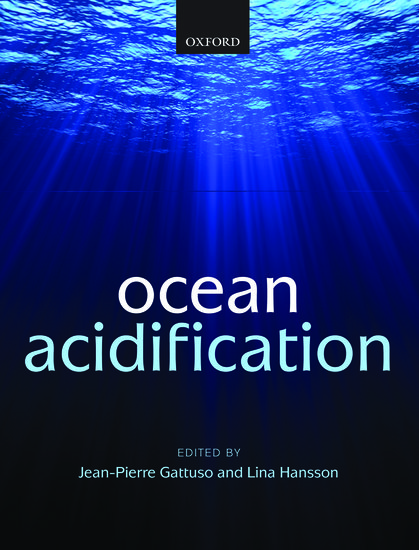Jan Zalasiewicz and Mark Williams talk four billion years of climate change
Climate change is a major topic of concern today, scientifically, socially, and politically. But the Earth’s climate has continuously altered over its 4.5 billion-year history. Geologists are becoming ever more ingenious at interrogating this baffling, puzzling, infuriating, tantalizing, and seemingly contradictory evidence. The story of the Earth’s climate is now being reconstructed in ever-greater detail — maybe even providing us with clues to the future of contemporary climate change. Below, you can listen to Dr Jan Zalasiewicz and Dr Mark Williams talk about the topics raised in their book The Goldilocks Planet: The four billion year story of Earths Climate.

